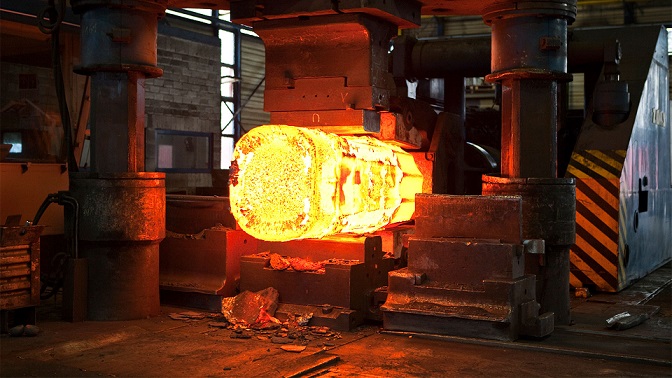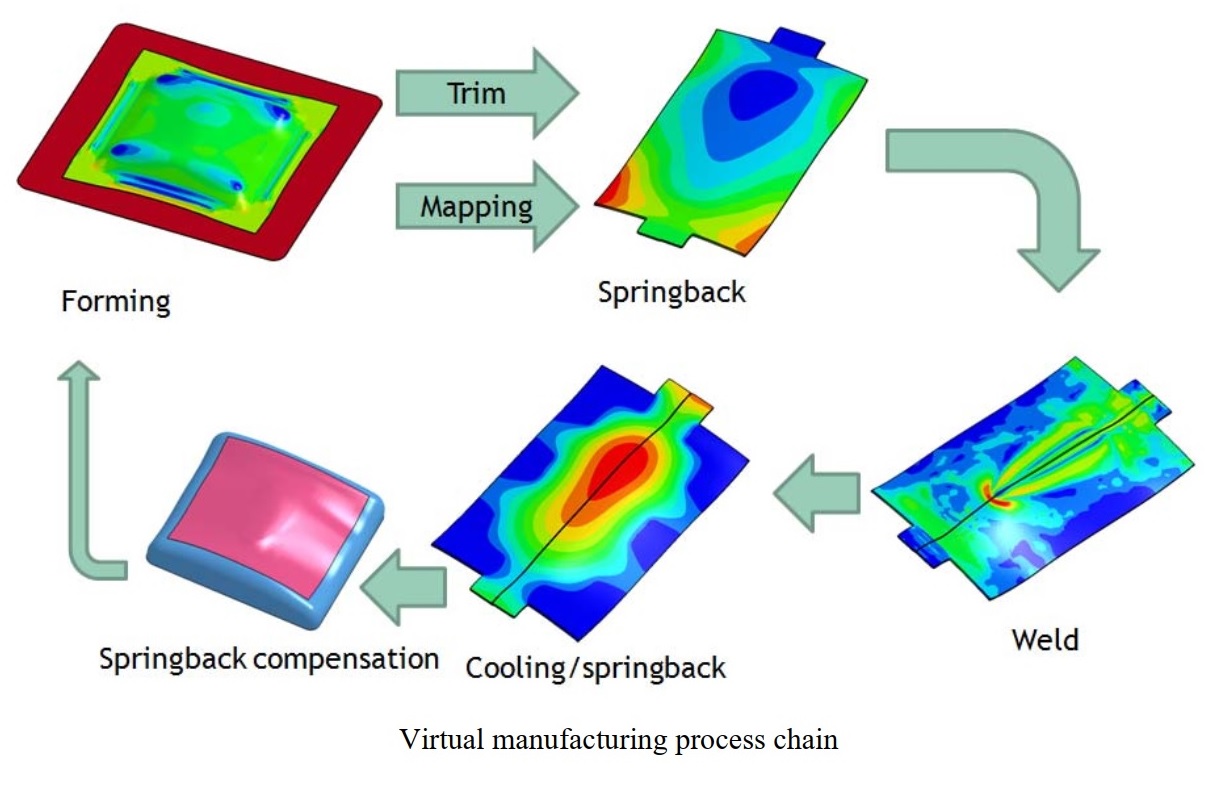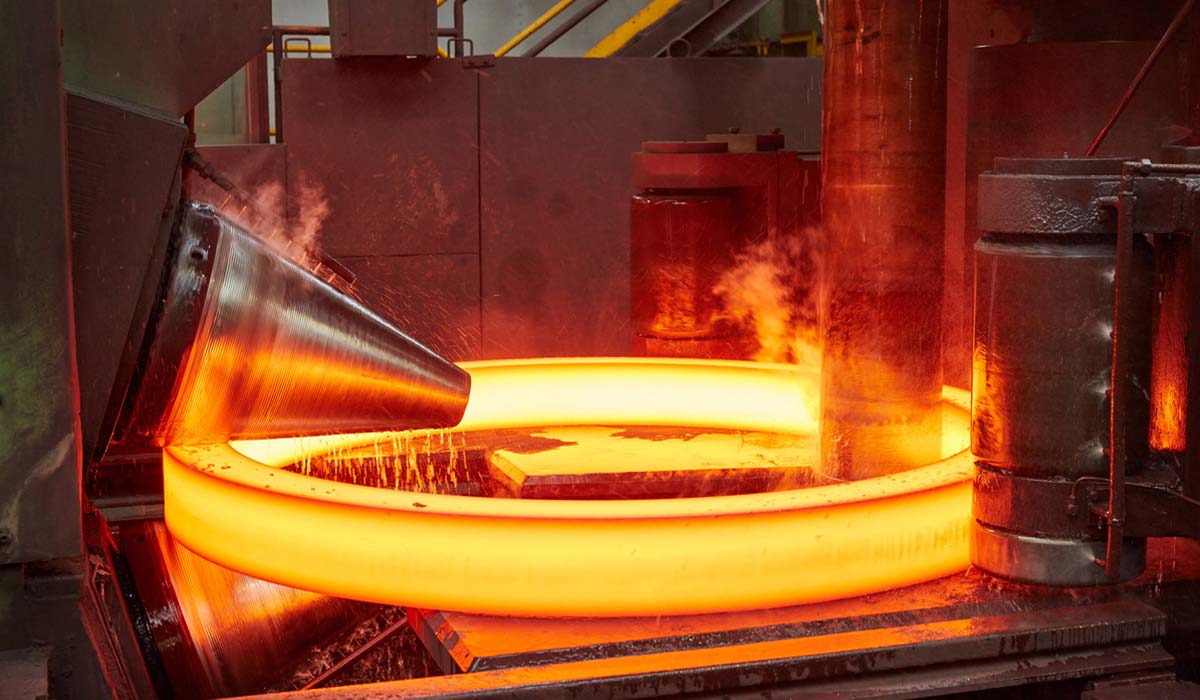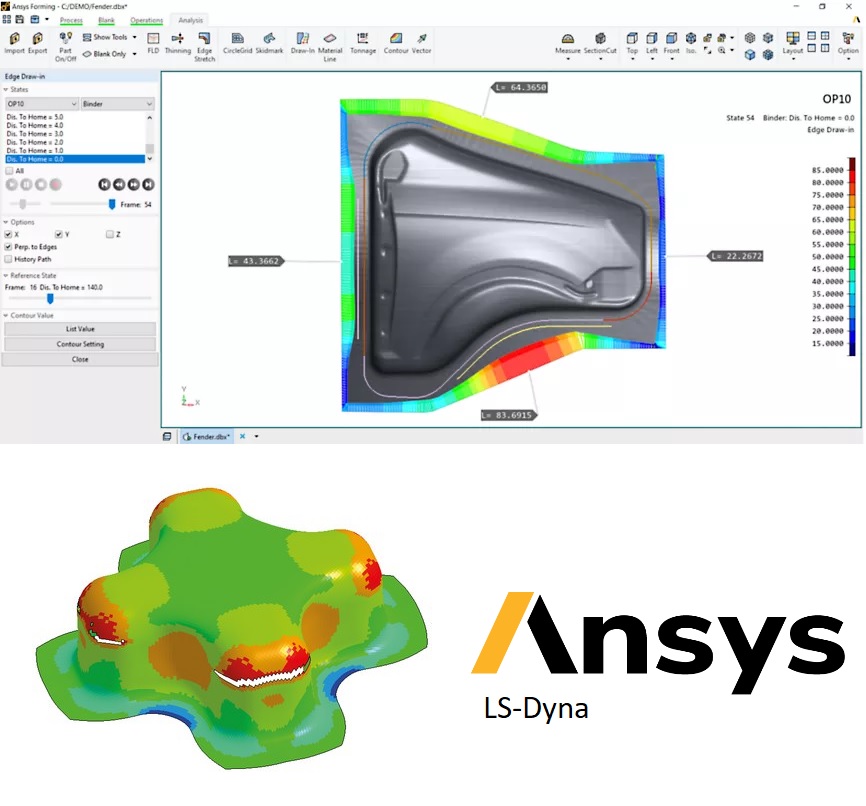-
Industries
- Aerospace & Defence
- Automotive Engineering
- Chemical Processing
- Civil Engineering
- Energy & Power Industry
- Industrial Equipment & Rotating Machinery
- Marine & Shipbuilding
- Medical & Biomedical Devices
- Artificial Intelligence
-
Finite Element
- Acoustics and Vibration
- Additive Manufacturing
- Blast, Explosion & Fire
- Composite Materials
- Crash Test Simulation
- Durability & Fatigue Life
- Metal Forming Simulation
- Multibody Dynamics
- Thermal Analysis
- Welding Simulation
-
CFD
- Aerodynamics Simulation
- Hydrodynamics CFD simulation
- Multi-Phase Flows CFD Analysis
- MultiObjective Design of Turbomachinery
- Reacting Flows & Combustion
- Electromagnetics
- Services






